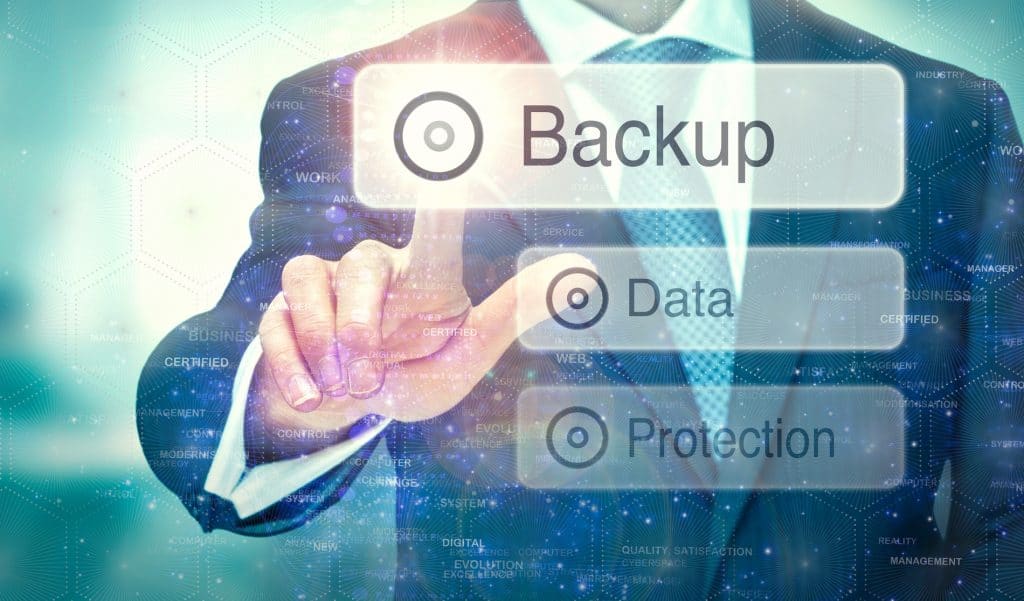Data Backup and Disaster Recovery

The backing up of data is a crucial part of any thriving business. Due to its simplicity and ease, it can be overlooked by many. Listed below are the steps needed to ensure your business has a successful backup solution so information can be easily recovered if a situation were to arise. Data Backup vs. […]
Have a Disaster Recovery Plan to Prevent Losing Your Company

Even when everything is going well, running a business can be challenging—all of that is to say that things are especially difficult when everything starts to go wrong, particularly in the realm of business continuity and disaster recovery. While nobody likes to imagine the worst-case scenario, we always like to say that imaging the worst-case […]
Positive Redundancy Protects Your Business

You may have seen us use the term “redundancy” on this blog often, and if you are not necessarily familiar with how it might be used in the context of business technology, we understand how you could misconstrue the word in a negative light. However, redundancy is one of the most important concepts to understand […]
3 Reasons to Prioritize Data Backup and Disaster Recovery

One of the most critical solutions for a small business is a data backup and disaster recovery system. It is a crucial element of any business continuity plan, yet many organizations fail to implement one appropriately. Let’s discuss three of the best reasons you must consider backup and recovery now before it’s too late. The […]
Don’t Let Data Backup Concerns Hold Your Business Back

Your business is not unique in the sense that it stores and transmits data during its day-to-day routines. Whether it’s financial information for your clients or employee records, it is more than likely that your business holds some kind of critical data that your operations rely on throughout the workday. Would your operations be able […]

